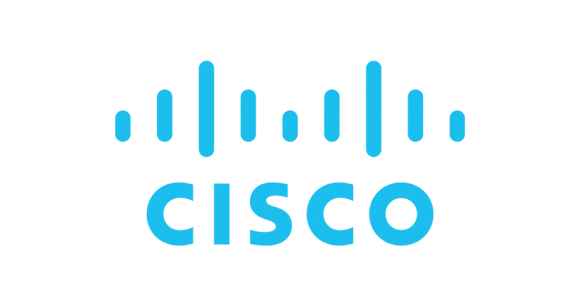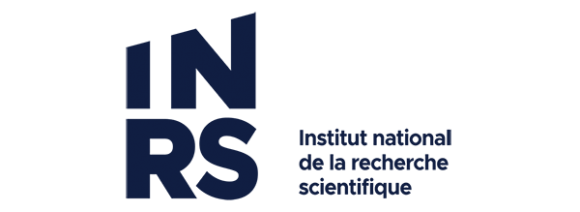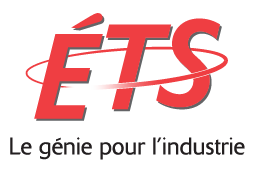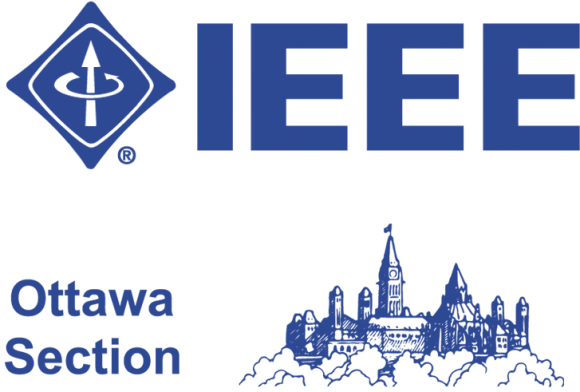5G wireless networks will be rolled out shortly, featuring innovative technologies such as infrastructure densification, antenna densification, use of frequency bands in the mmWave range, which promise to achieve the targets of 1000x higher data-rates and 2000x higher bit-per-Joule energy efficiency compared to the previous wireless generation. However, as 5G networks take their final form, connectivity demands continue to increase at an exponential rate and new services pose more constraints on the performance that end-users expect.
In order to face these new challenges, it will not be sufficient to develop only a more performing transmission technology, as it was the case for all previous wireless generations, which focused only on improving the efficiency of the transmission and reception technology. Being simply able to transmit data at a faster rate does not ensure the flexibility required to accommodate diverse classes of users with extremely diverse service requirements. Besides developing faster transmission technologies, future research efforts should be aimed also at improving the network infrastructure itself, making it flexible enough to automatically adapt to sudden wireless scenario changes and rapid traffic evolutions, and customizable according to traffic conditions and requirements.
In this context, a recent technological breakthrough that holds the potential to revolutionize the traditional approach to wireless network design and operation is that of Reconfigurable Intelligent Surface (RIS). From 1G to 5G, every wireless generation has been designed assuming that the wireless environment is fixed by nature and cannot be modified, but only compensated through the design of sophisticated transmission/reception schemes and feedback mechanisms. However, after five generations of wireless networks, the improvements that can be expected by continuing to operate only on the endpoints of the communications, are not enough to meet the requirements expected from beyond 5G networks. Instead, huge performance gains can be expected by treating the wireless environment as an additional variable to be optimized. This is made possible thanks to the use of RISs, which are planar surfaces surfaces over which low-cost elements with subwavelength dimensions, known as meta-atoms, are deployed. Meta-surfaces are not bounded by conventional reflection and diffraction laws, but instead can modify the reflection amplitude and phase shift of the radio wave impinging on them in a fully customizable way. Moreover, the electromagnetic properties of the surface can be dynamically reconfigured, so that the effect of the RIS on the incoming radio waves can be adapted in real-time in response to sudden changes in the network and/or in the traffic demands. Furthermore, since RISs eliminate the use of transmit RF chains and operate mainly in short range, they can be densely deployed with scalable cost and low energy consumption, yet without the need of sophisticated interference management among passive RISs.
This workshop is expected to bring together academic and industrial researchers in an effort to identify and discuss the major technical challenges and recent breakthroughs related to IRS. Topics of interest include but are not limited to thefollowing:
- Fundamental theory for RIS-based communications
- Transceiver optimization for RIS-based communications
- Resource Allocation for RIS-based communications
- Channel measurement and modeling for RIS-based communications
- Artificial intelligence for RIS-based communications
- Prototypes and test-beds for RIS-based communications
- Security in RIS-based communications
- Software-defined design and implementation for RIS-based communications
- Indoor/outdoor localization for RIS-based communications
- Distributed deployment and network planning of RIS-based communications
- Integration of RIS with state-of-the-art wireless technologies (e.g., small cells, Massive MIMO, millimeter-wave communications, visible light communications, THz communication, IoT, drones-aided communications, energy harvesting, etc.)
The workshop accepts only novel and previously unpublished English-written papers, with a maximum length of six (6) printed pages (10-point font) including figures without incurring additional page charges (maximum 1 additional page with over-length page charge if accepted).
Important Dates
Paper Submission Deadline: 20 January 2021 19 February 2021 [FIRM]
Notification of Acceptance: 20 February 2021 22 March 2021
Camera-ready Papers: 1 March 2021 31 March 2021 8 April 2021 (FIRM)

















